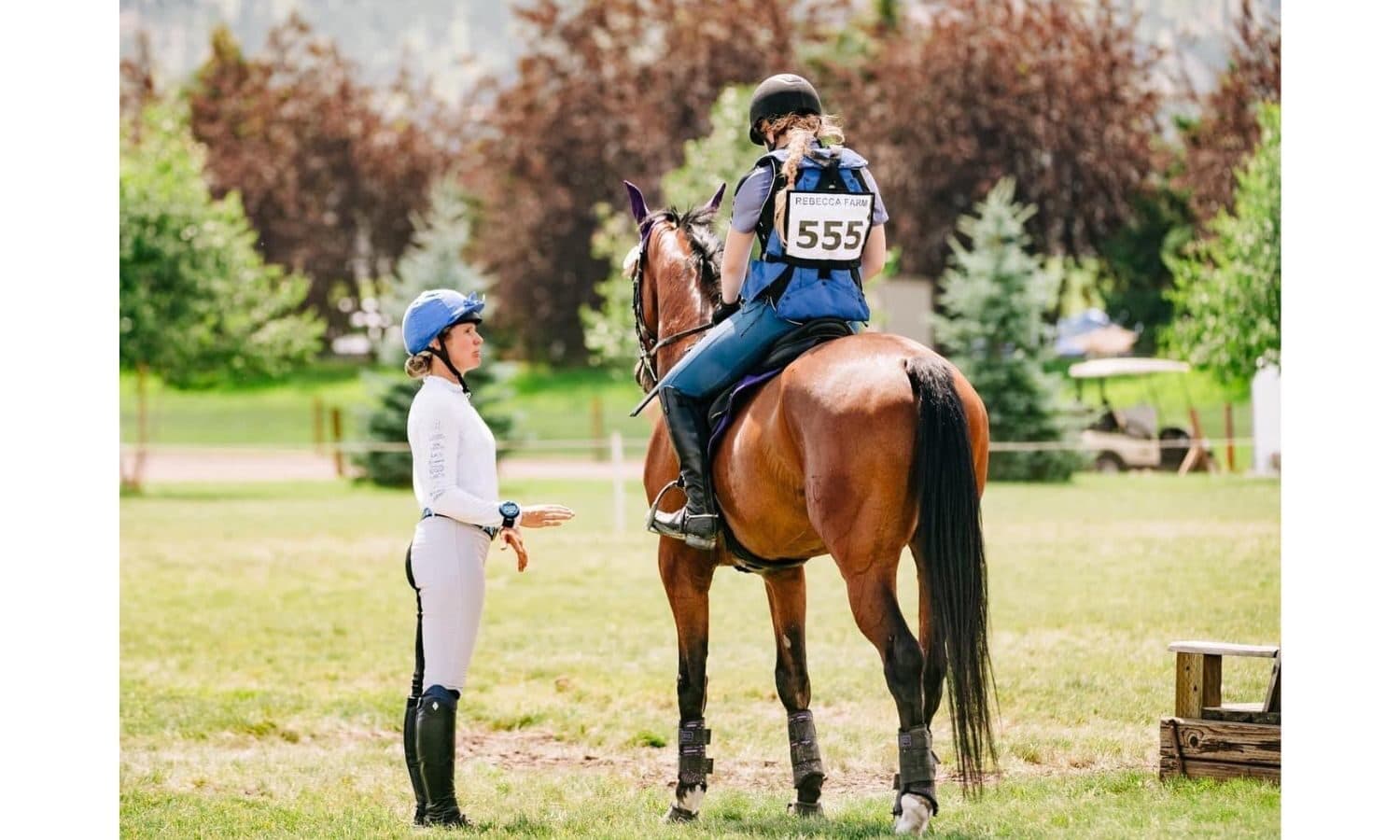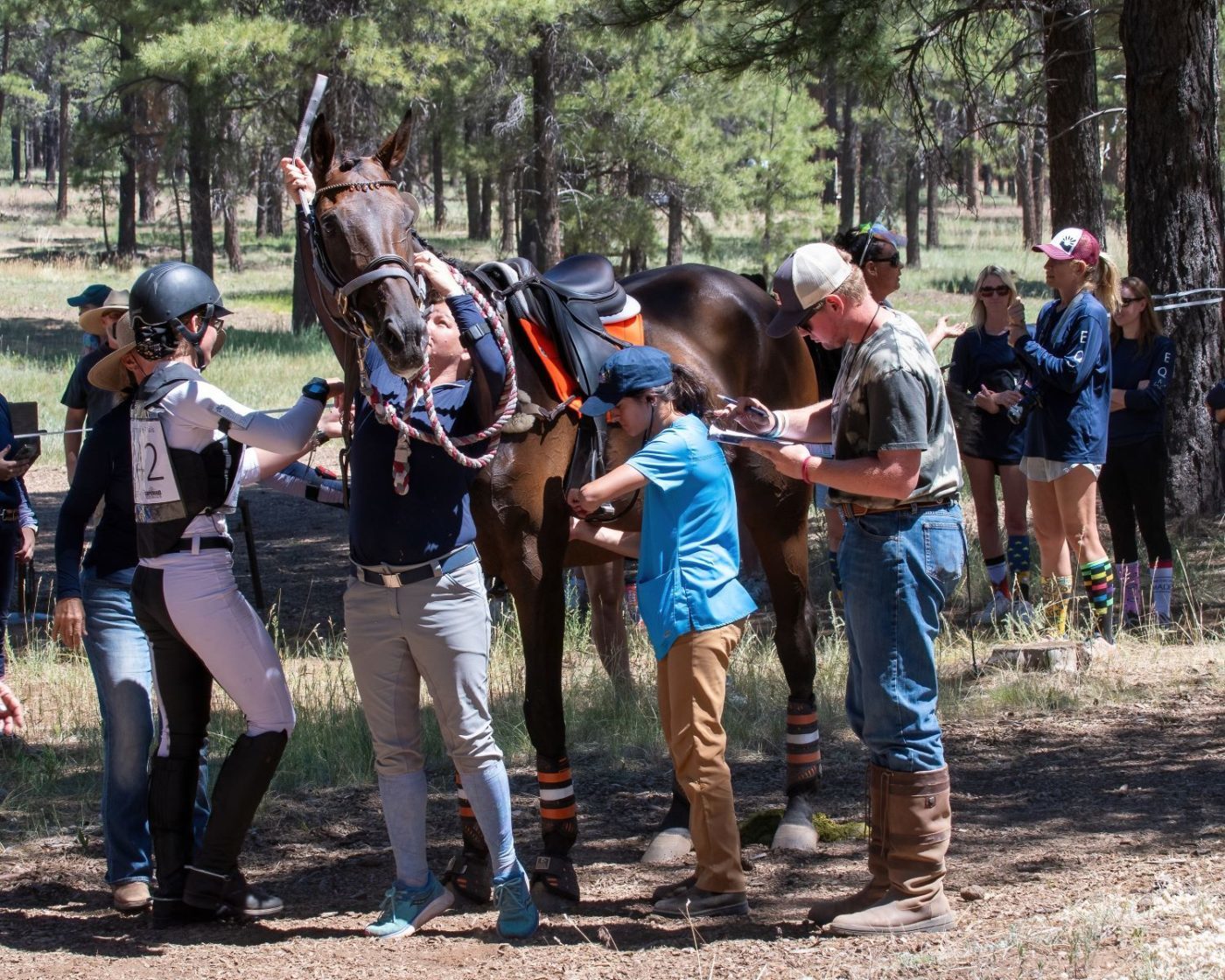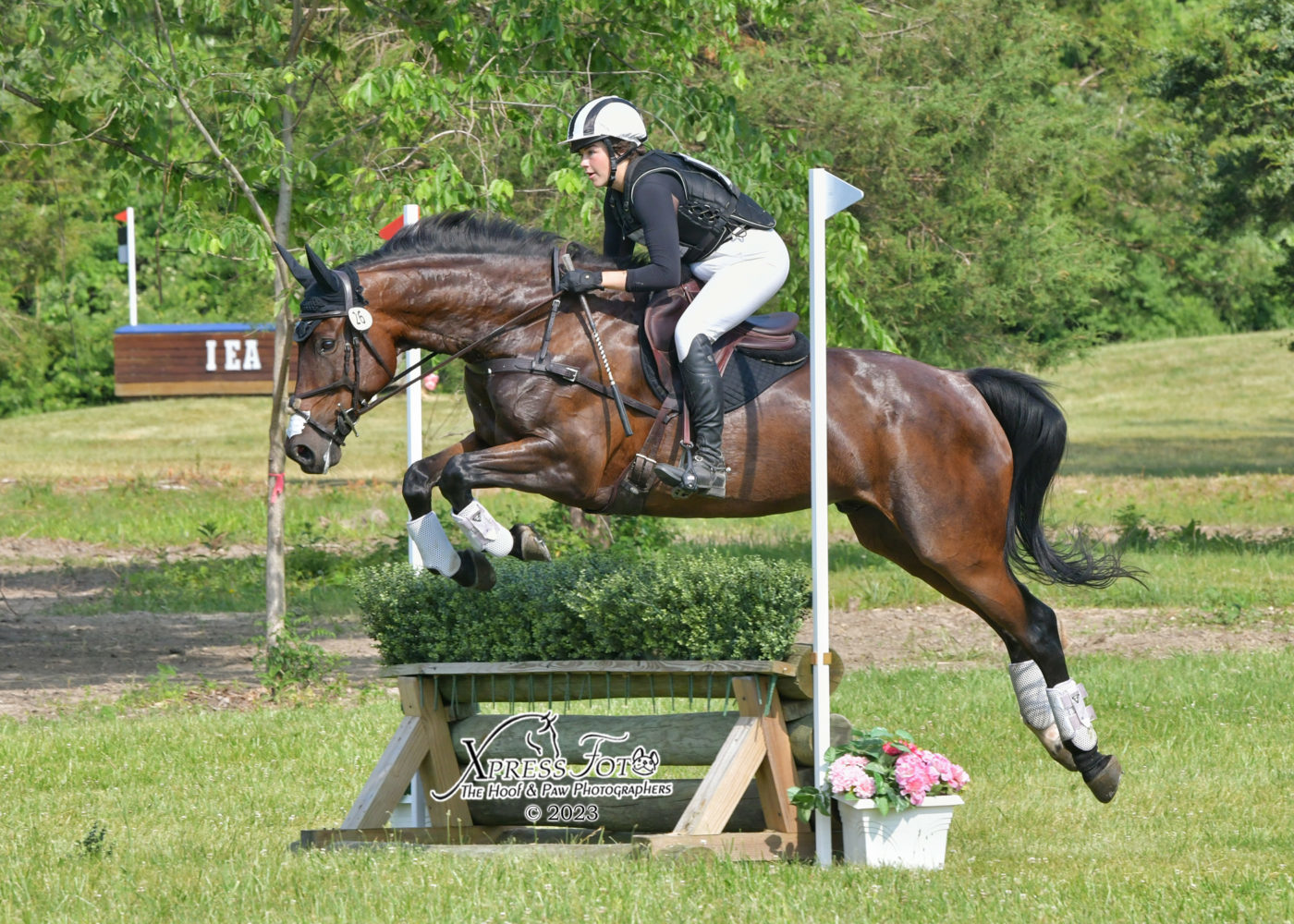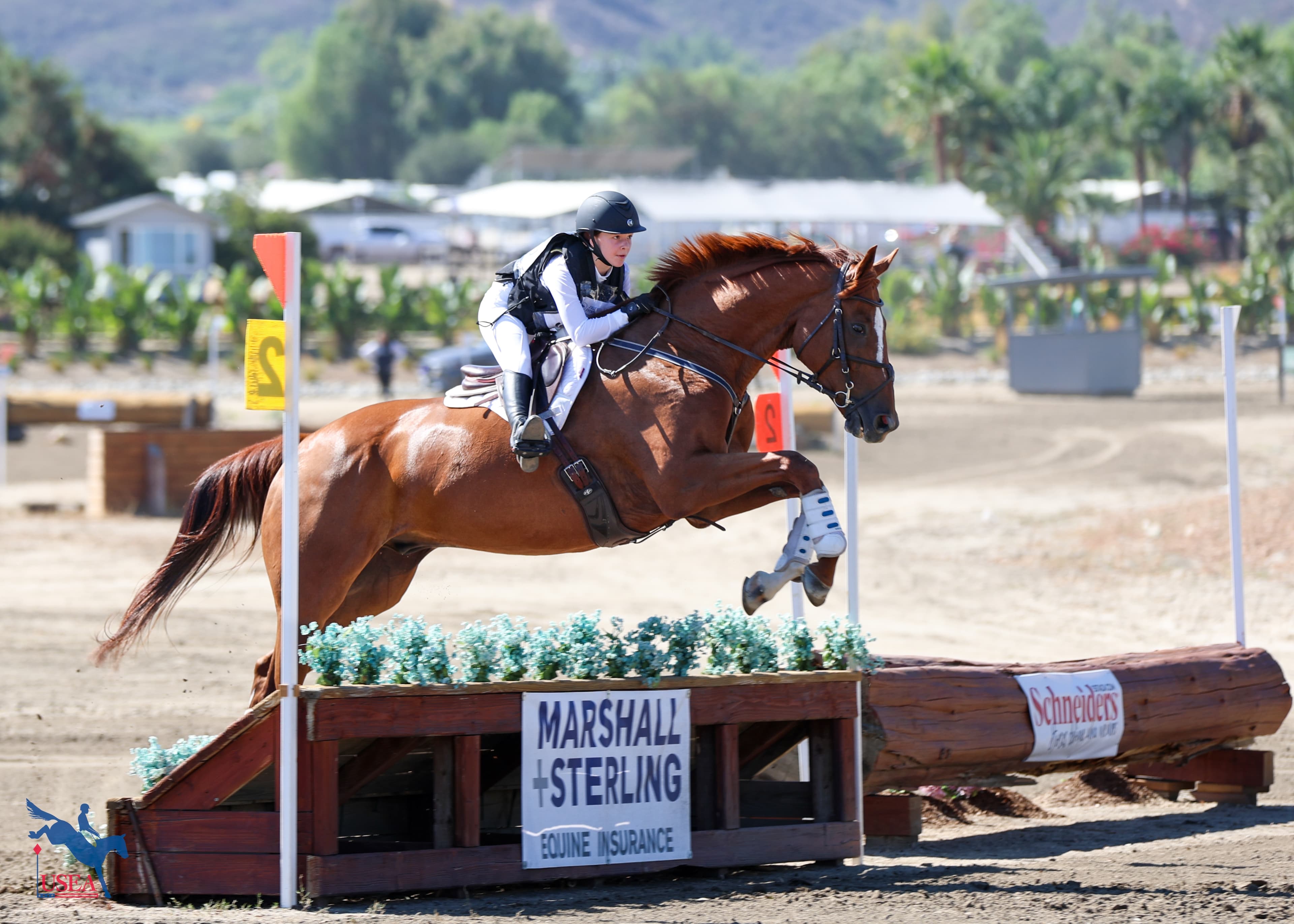10 Tips for Your First Classic Series Three-Day Event

For many eventers, competing in a long-format three-day is on their bucket list—and with offerings across the country at the lower levels, the goal is much more attainable than it’s ever been.
Jordán Linstedt Granquist, a five-star rider with a bustling training program in the Seattle, Washington, area, finds the USEA Classic Series events to be educational opportunities for her students. “They’re great for amateurs and juniors to get a taste of the old part of our sport and learn where it evolved from,” she said. “Plus it’s really fun, you learn a lot, and you can step up your game with some extra fitness.”
She also considers the classic format to be exceptionally beneficial for young horses, including those showing promise for FEI-level careers. Warming up over the roads and tracks and letting the horse settle into a gallop on steeplechase gives them confidence heading into their cross-country round, especially for horses that are somewhat spooky or sticky early on on course.
“I think it can be very beneficial for their mind,” Granquist said. “It almost wears them down in a different perspective, so that when they go out on cross-country, they’re a little more relaxed and start in a really nice rhythm.”
Granquist recalled competing in Training Three-Day events with her former upper-level partner, Staccato. “He was often spooky and backed off on cross-country, but he learned that he had to leave the barn, get warmed up, and then gallop out of the box and be bold to those cross-country fences. Soon he started taking me to the fences better than he ever had, and it just made for a super round. I remember thinking that it was absolutely the right choice to run him in that classic format—plus, it was fun!”
Below, Granquist offers 10 preparation tips for riders looking to contest a long-format event for the first time—how to train, what to bring, and what to expect when you get there.
1. Increase Your Horse’s Fitness Level.
With the addition of the roads and tracks and steeplechase phases—and a more difficult cross-country course—it is important to start adding trot sets, hill work, and low-impact gallop sets. Granquist recommends starting this regimen about six weeks prior to the event, though she notes that it’s crucial to know your horse’s baseline fitness level since some need more time getting fit than others.
If your conditioning area is limited, there’s still plenty of fitness work to be done—if you’re creative. Even though Granquist’s farm isn’t large, she often does trot sets through her derby field, making sure to incorporate varied terrain into her routine. “I encourage all my students to also add long hacks to their routines,” she said. “I think walking fitness can be very beneficial, mentally and physically, for all horses. People sometimes miss how much can be done, even just hacking 45 minutes a day before a ride or after a ride.”
If you have access to a safe neighborhood street with little traffic, road hacking can also be beneficial to vary the concussion on your horse’s legs. “Obviously, you’ll want to be careful of what you're doing when the ground is harder or when it’s softer and deeper footing,” Granquist said. “Some people around here will even go to the beach to change it up.”
2. …And Your Fitness Level
Your horse isn’t the only one who’ll need to amp up their preparation before the big weekend. Consider adding in extra aerobics or working out in addition to riding, Granquist advised. “When professionals get ready for upper-level events and long CCIs they are typically adding additional exercise for fitness,” she explained. “Therefore, as a junior or amateur rider, it's important to have a little extra fitness going into a long-format event.”
3. Gallop Thoughtfully
For classic-format Novice and Training events, there isn’t as much gallop prep needed as upper-levels, though Granquist stressed that it's important to implement variety during these training sessions. “Make sure you’re not just galloping at speed the whole time and running around in circles,” she said. “Practice opening up your body as if you’re getting the horse back into balance and slowing down like you're setting up for a fence. And then leaning forward and getting back into your gallop position, as if you’ve landed from a fence.”
She added that it’s a great opportunity to educate your horse during these gallop sets. “When my body sits up, I want my horse setting up and looking for that fence—then when we land, he learns to gallop away from the fence as well,” she said.

4. Get a Feel for Pace
Cross-country day at a long-format event requires a range of speeds over the four phases. The best way to understand the different levels is to practice. Granquist often takes her students to a local training center where she sets up markers so they can get an idea of how much speed is needed for each phase.
For example, if the speed is 350 meters per minute, she will set markers at the start and finish of that distance and have riders practice making it in one minute, giving them an idea of how fast they need to go. “Then we'll always do a level higher and a level lower,” she added. “That way they can figure out what that middle ground is because when you’re out on course you're going to be going faster at times and slower at times.”
5. Organize Your Gear
The 10-minute box is an area that competitors must visit after roads and tracks—the veterinarian and a member of the ground jury will watch the horse trot into the area and determine if he is fit to move onto the day’s final phase (the cross-country portion).
Typically, in the morning riders will designate an area of the 10-minute box for all their carefully labeled equipment. Gear often includes a stud kit for last-minute swaps, foot-packing essentials, extra tack pieces (such as reins, stirrup leathers, or nosebands) in case something breaks, and plenty of buckets, sponges, and sweat scrapers for cooling down. There’s normally a farrier on-site in the 10-minute box, noted Granquist. “We always make sure to have an extra set of shoes in case a shoe is lost on steeplechase or road and tracks.”
Plan to have two or three knowledgeable friends to help in the box, recommended Granquist. “If you have too many people there, it can sometimes be overwhelming,” she said. “It's important for each person to have a specific job or task, so when the horse comes in, everyone knows what is expected of them.”
6. Brush Up On the Rules
It’s important to familiarize yourself with the current year’s rules, qualifications, and guidelines for a classic three-day. “They change often, and they can be different from the USEF and run more in conjunction with FEI rules and regulations,” said Granquist. It can be disheartening to do all the hard work preparing for the big weekend, only to be penalized for a technicality that could’ve been avoided.

7. Know Your Horse’s Baseline Health Stats
“Your horse’s temperature should be taken three days prior to leaving for the competition, which is what we have to do for the FEI divisions,” advised Granquist. “That way you are familiar with what's normal for your horse.” She also noted the importance of having your horse evaluated by your vet or trainer before the event, so you have a baseline of health and soundness for the jogs and 10-minute box.
8. Practice the Jog
And speaking of jogs, it's vital to practice this with your horse ahead of time. Preparing for the horse inspections is something Granquist always goes over with her students prior to leaving for the event so they know what to expect. “Presenting your horse can be challenging, and it's very important that you show the ground jury that your horse will jog straight, forward, and turn at the end,” she said. “Then make sure the horse is straight before jogging back past the judges. Horses jogged improperly or not well-presented sometimes cause the ground jury to look closer or think maybe the horse has a problem that it doesn't. Having the help of your trainer is important in this department.”
9. Relax—There’s Plenty of On-Site Learning
Typically, classic-format events are well-run, organized, and great educational opportunities. They also often offer schooling for the steeplechase phase with a qualified instructor. “You can take your horse out and practice the first jump at the steeplechase,” said Granquist. “They also offer a drive around the roads and tracks and a meeting that goes over how everything operates such as the timing, which can be confusing. You're also usually allowed to hack the roads and tracks so you know exactly where all your markers are and how long it takes you to get from each marker.”
Granquist adds that it's important to understand how things work: “Ask all the questions, attend all the meetings, resource with those that are more knowledgeable than yourself,” she said. “That way, on cross-country day, you can be focusing on riding and producing the best round.”
10. If You’re Unsure, Test the Waters
If you’re still on the fence about competing in a classic-format event, consider volunteering or helping a friend who’s participating. “It's a great idea to attend and watch a long format before actually riding yourself,” suggested Granquist. “Typically, it's very easy to understand, but it can be overwhelming for your first time. I remember feeling that way, but in the end, it was really fun and worthwhile.”
About the USEA Classic Series
The USEA Classic Series keeps the spirit of the classic long format three-day events alive for Beginner Novice through the Preliminary levels. Competitors can experience the rush of endurance day, including roads and tracks, steeplechase, the vet box, and cross-country, as well as participate in formal veterinary inspections and educational activities with experts on the ins and outs of competing in a long format three-day event. Riders who compete in a USEA Classic Three-Day Event during the year will have the chance to win a variety of prizes at the events from USEA sponsors and earn leaderboard points. Click here to learn more about the USEA Classic Series.
The USEA would like to thank bronze sponsors SmartPak Equine and D.G. Stackhouse & Ellis Saddles, as well as contributing sponsors Bates Saddles and Parker Equine Insurance for supporting the USEA Classic Series.














